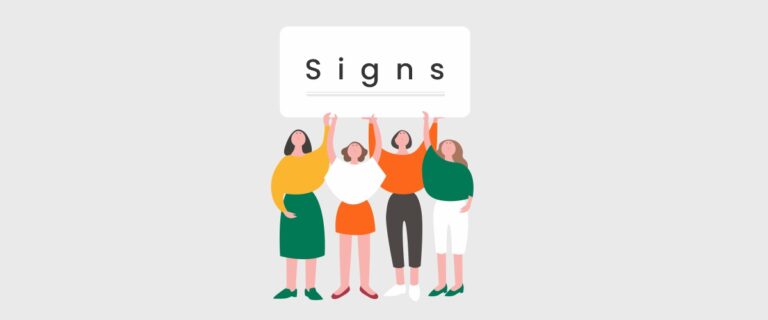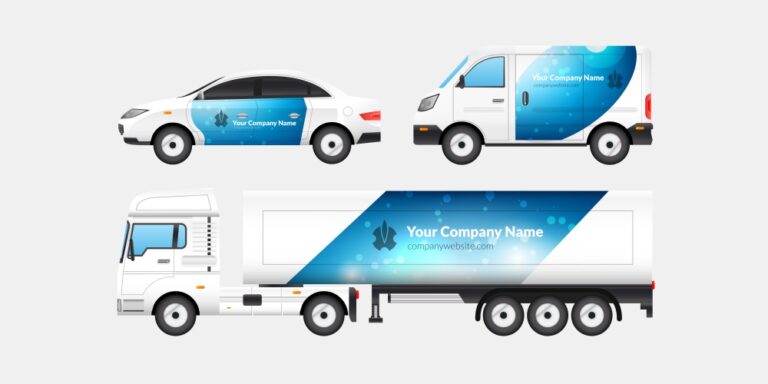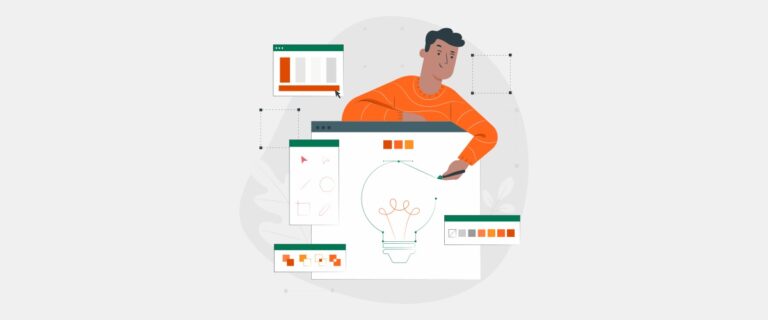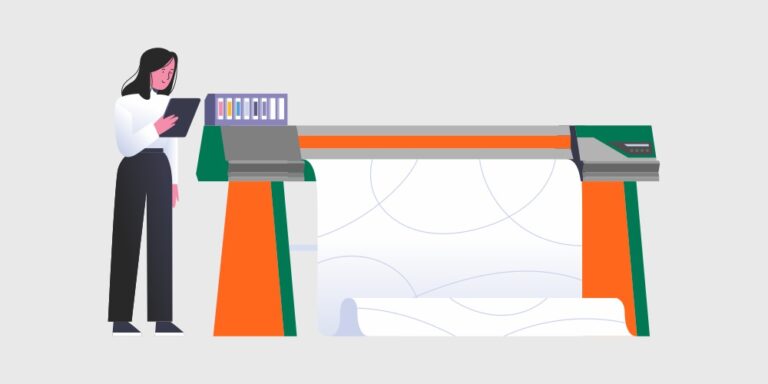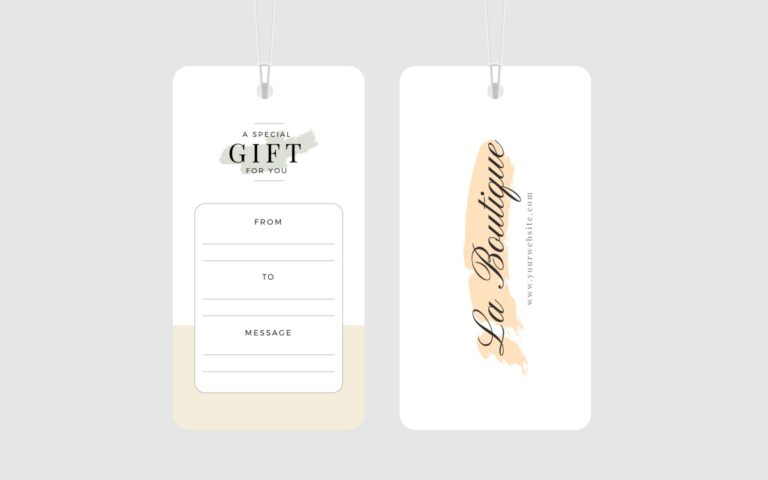Creating a comprehensive guide on social media image sizes in 2024 involves an in-depth exploration of the standards and best practices for visual content across various platforms. Given the dynamic nature of social media and its critical role in marketing strategies, this guide aims to provide businesses, especially those in Vancouver’s vibrant market, with valuable insights to optimize their social media presence.
East Van Print, with its expertise in digital printing and graphic design, is ideally positioned to offer advice on how visual content can be effectively translated from digital to print media.
The Importance of Optimized Social Media Images
In the digital age, a brand’s online presence is often the first point of contact with potential customers. High-quality, well-sized images are crucial for making a strong first impression. They enhance engagement, increase follower count, and boost overall brand visibility.
The correct image sizes ensure that your visuals are clear, professional, and tailored to each platform’s specifications, providing an optimal viewing experience for your audience.
Social Media Image Size Guide in 2024
Adhering to the recommended image sizes for each social media platform can significantly impact how your content is perceived. Here’s a detailed breakdown in 2024:
Facebook image size guide
- Profile Picture: 180 x 180 pixels. Displays at 170 x 170 pixels on desktop and 128 x 128 pixels on smartphones.
- Cover Photo: 820 x 312 pixels. For best results, upload an sRGB JPG file less than 100 KB. For images with a logo or text, a PNG file may be better.
- Shared Image: 1200 x 630 pixels. This size works well for both link shares and uploaded images.
- Event Image: 1920 x 1005 pixels. This size is optimal for event cover photos, providing clarity and detail.
Instagram image size guide
- Profile Picture: 110 x 110 pixels. Though small, this image should be high quality.
- Square Posts: 1080 x 1080 pixels. Maintains quality and aspect ratio for Instagram feed.
- Landscape Posts: 1080 x 566 pixels. Ideal for wider visuals without compromising quality.
- Portrait Posts: 1080 x 1350 pixels. Perfect for detailed, vertical imagery.
- Stories: 1080 x 1920 pixels. Full-screen visuals offer immersive user experience.
Twitter image size guide
- Profile Picture: 400 x 400 pixels. Displays at 200 x 200 pixels, showcasing your brand prominently.
- Header Photo: 1500 x 500 pixels. Large canvas for creative expression and brand messaging.
- In-Stream Photo: 1600 x 900 pixels. Optimal for visual engagement within tweets.
LinkedIn image size guide
- Personal Profile Picture: 400 x 400 pixels. Reflects professionalism and personal branding.
- Personal Cover Photo: 1584 x 396 pixels. Opportunity to showcase a professional backdrop.
- Company Logo: 300 x 300 pixels. Represents your business on the company page and in search results.
- Company Cover Photo: 1128 x 191 pixels. Larger space for branding on the company page.
- Shared Image or Link: 1200 x 627 pixels. Ideal for posts on both personal and company pages.
Pinterest image size guide
- Profile Picture: 165 x 165 pixels. Appears smaller in feeds, maintain clarity.
- Pin Size: 1000 x 1500 pixels. A 2:3 aspect ratio is recommended for optimal display.
- Board Cover Image: 222 x 150 pixels. Represents each board’s content visually.
YouTube image size guide
- Channel Profile Image: 800 x 800 pixels. Displays as a circle, so ensure logo/design is centered.
- Channel Cover Photo: 2560 x 1440 pixels. Must account for various devices and screen sizes.
- Video Thumbnails: 1280 x 720 pixels. High quality to encourage clicks.
Best Practices for Social Media Images
- Consistency Across Platforms: Ensure your brand’s visual identity is consistent across all social media channels. This includes using a cohesive color scheme, logo placement, and imagery style.
- Adapt for Platform Specifics: Tailor content to the unique audience and style of each platform. What works on Instagram may not suit LinkedIn’s professional environment.
- Quality and Clarity: Always use high-resolution images to avoid pixelation or blurriness. This reflects on your brand’s attention to detail and quality.
- Text Considerations: For images with text, like ads or announcements, ensure text is readable across devices. Avoid placing important text near the edges where it might be cropped.
- Stay Updated: Social media platforms frequently update their layout and design specifications. Regularly check for any changes to image size requirements.
Transitioning from Digital to Print
East Van Print specializes in bringing your digital designs to life through high-quality printing services. When transitioning social media content to print materials, consider the following:
- Resolution for Print: While 72 dpi (dots per inch) is standard for digital images, print materials require a higher resolution, typically 300 dpi, to ensure clarity and sharpness.
- Aspect Ratio and Sizing: Adjust the dimensions of your digital images to fit common print formats, whether it’s business cards, flyers, or posters, without compromising the design’s integrity.
- Color Conversion: Convert RGB colors used for digital screens to CMYK for print to maintain color accuracy.
In 2024, as social media continues to dominate the digital marketing landscape, understanding and implementing the correct image sizes for each platform is more critical than ever. By following these guidelines, businesses in Vancouver can enhance their online presence, engage more effectively with their audience, and ensure their brand stands out in a crowded digital space.
Furthermore, with the expertise of East Van Print, transitioning these digital successes into tangible print materials can further solidify brand recognition and impact.







